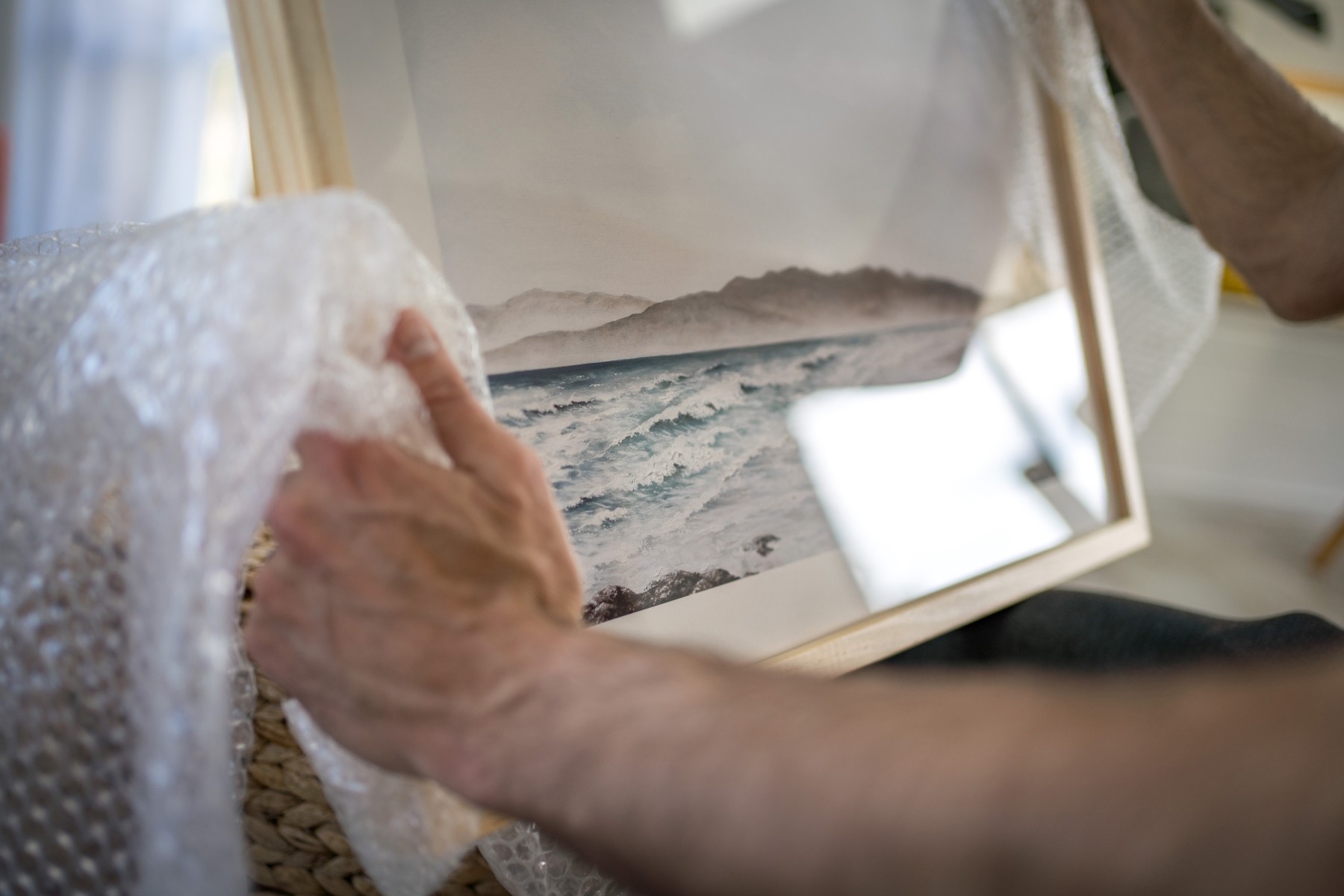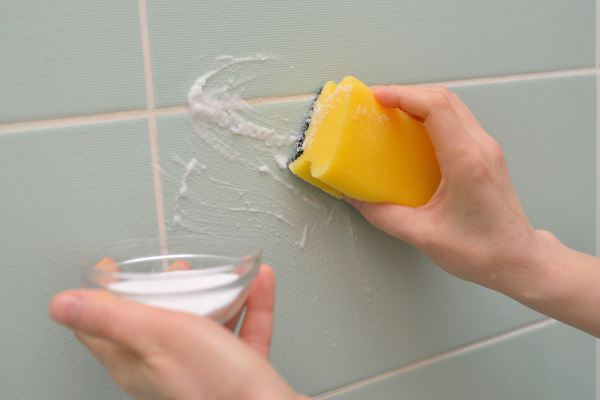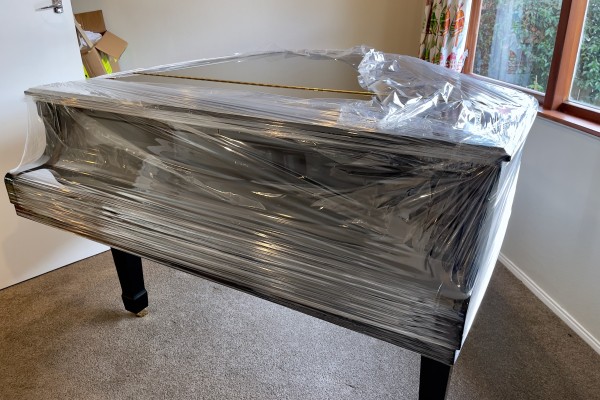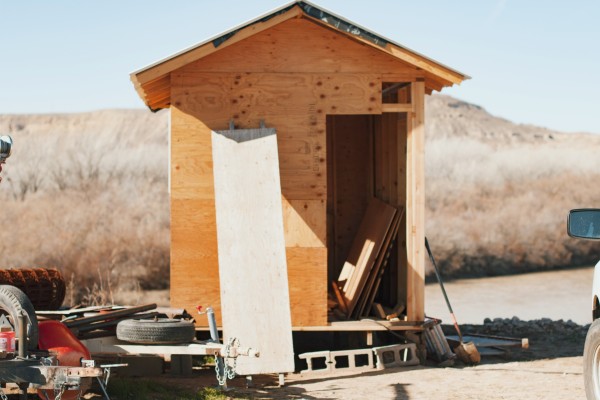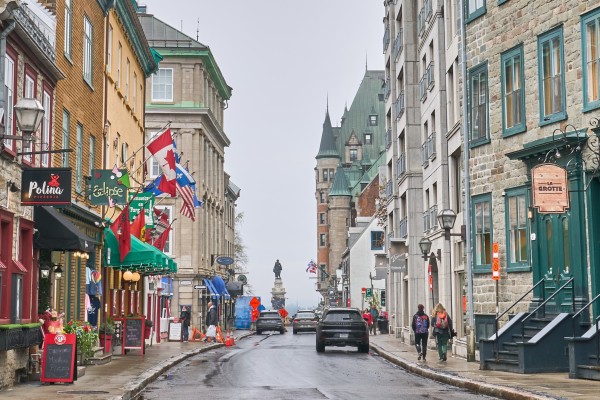How to pack artwork safely when you move in Canada
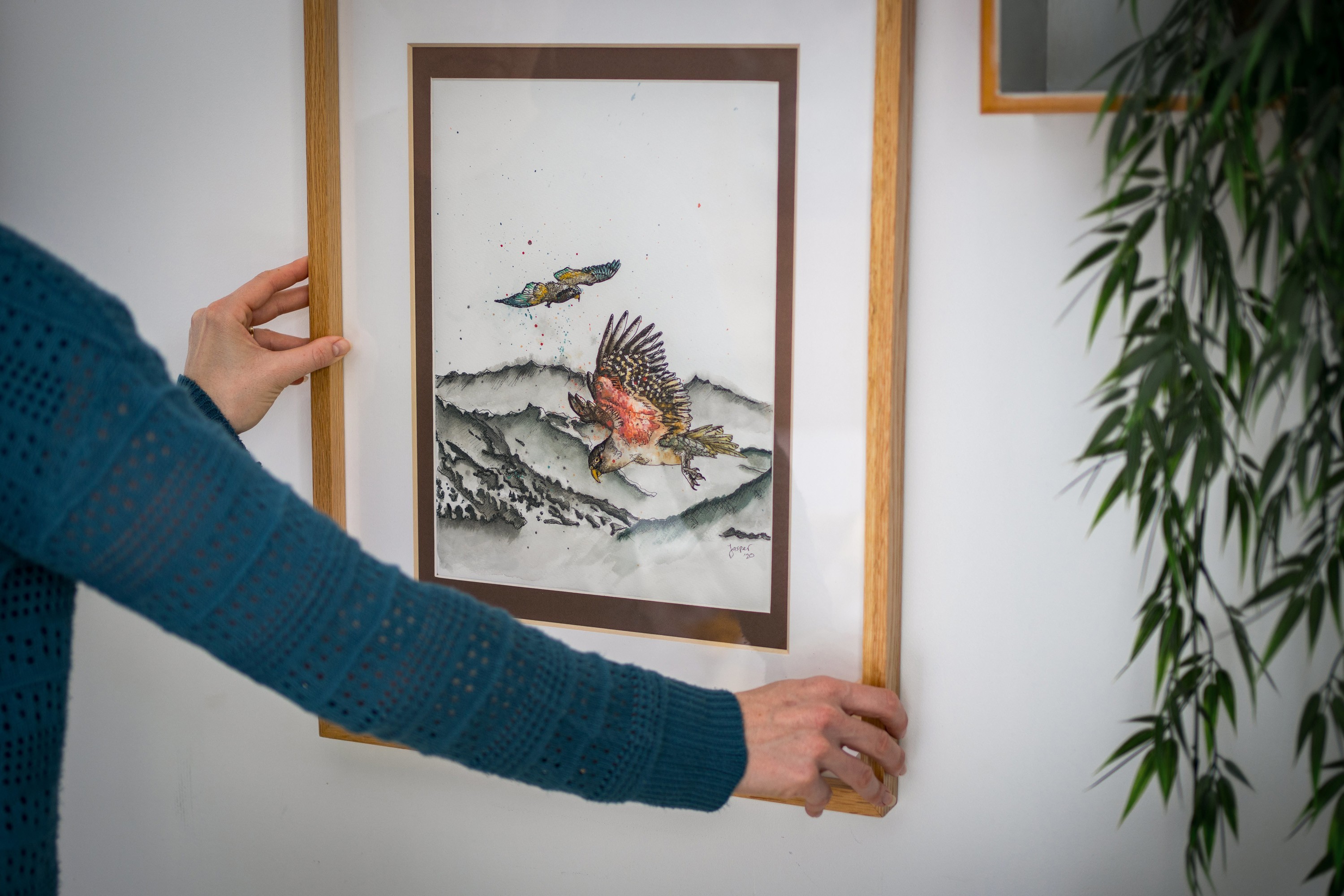
Ever wondered how to pack art so it survives a cross-country move? You might be relocating a single painting, a collection of prints, or a delicate sculpture. No matter your collection, moving art is more than bubble wrap and a quick tape job. It’s about protecting stories, memories, and often priceless investments.
In this guide, you’ll learn how to move art safely in Canada, from prepping and packing to handling long distances, winter freezes, and coastal humidity. We’ll cover:
By the end, you’ll know exactly how to give your masterpieces the VIP treatment they deserve on moving day.
Step 1: Prep your art before you pack
Take photos
First things first, take a photo of each art piece so you’ve got a clear record of its condition. This is useful for both peace of mind and if you ever need to make an insurance claim.
Check your cover
Many Canadian insurers, like Intact, Aviva, Desjardins, or TD Insurance, may require a rider or an ‘in transit’ clause for artwork. Double-check your policy before moving day so you know you’re covered in case there’s damage during transport.
Source supplies to pack your artwork
Packing art starts with gathering the right packing materials. Here’s your toolkit, with a few local-friendly and sustainable options:
- Bubble wrap (or reused wrap from online orders).
- Glassine (acid-free tissue works too. Avoid wax paper, which can leave residue and damage artwork over time).
- Packing tape and a tape dispenser.
- Styrofoam or folded cardboard corner protectors.
- Strong cardboard boxes, picture boxes, or wooden crates.
- Marker pens or labels.
- Extra padding, like moving blankets (old sheets or towels also work).
- Void fillers like paper or peanuts (opt for kraft paper or biodegradable packing peanuts if you want to go eco-friendly).
Want more eco-friendly moving tips? Read our complete guide on how you can make your move more sustainable.
Where to do your supply run
Stock up on bubble wrap, heavy-duty tape, and picture boxes at Canadian Tire, Home Depot, or Staples. For glassine paper (to protect paint surfaces), head to an art supply store such as Curry’s (Ontario), Opus Art Supplies (British Columbia), or DeSerres (locations across Canada).
Different types of artwork and their needs
- Canvas and oil paintings: Use acid-free or glassine paper to avoid paint sticking. Never let bubble wrap touch the surface directly.
- Watercolours and paper art: Extremely sensitive to moisture and light. Wrap in water-resistant material and move in a climate-controlled vehicle if possible.
- Prints and mixed media: Susceptible to humidity and fading. Use UV-protective glass or sealed packaging.
- Sculptures: Wrap each part separately with foam or bubble wrap. Disassemble if you can, and brace components securely inside a box or custom crate.
Step 2: Pack your art like a pro
Wrap items separately
Never bundle artworks together. Each piece needs its own protective layer so that frames and canvases don’t scratch or rub against each other.
Tape an “X” on framed glass
Tape an "X" shape on framed glass. This won’t stop it from breaking, but it helps keep shards in place if the truck hits a bump.
Cover unframed art with glassine or wax paper
Unframed canvases are vulnerable. Cover the front with glassine, securing it on the back or edges (never on the canvas itself). This keeps bubble wrap from sticking or smudging paint.
Protect the corners
Corners take the biggest knocks, especially on long Canadian road trips. Use corner protectors or folded cardboard and tape them firmly in place.
Wrap with bubble wrap
Wrap your artwork snugly in bubble wrap, but not so tight that it puts pressure on the frame. For long-distance or cross-country moves, double wrap for extra security.
Box it upright
Place each artwork upright in a sturdy box or crate. Add stiff cardboard or padding between pieces to prevent movement. Fill gaps with blankets, crumpled paper, or towels so nothing shifts in transit.
Top tip: On long drives like the Trans-Canada Highway or the winding routes through the Rockies, trucks are bound to hit bumps or sharp curves. Double-box fragile works and pad any gaps with moving blankets or old towels to keep your artwork steady and protected.
Step 3: Consider Canada’s climate and distances
Canada’s long distances and dramatic climate swings can put your artwork under extra stress. From dry prairie winds to coastal humidity and freezing winters, each region brings its own challenges.
- Avoid hot car trunks and open trailers: In cities like Toronto or Montreal, summer heat can build up quickly inside vehicles. Just a couple of hours in a car trunk or open trailers can warp canvases or soften varnish. Always use an enclosed, ventilated moving vehicle to keep your artwork safe
- Plan for long-haul moves: A cross-country trip from Vancouver to Toronto or even a regional move across the Prairies can mean thousands of kilometres of vibration, dust, and sudden weather changes. Double wrap delicate pieces, choose double-walled boxes, and fill gaps with padding to prevent shifting on those long stretches.
- Protect against coastal humidity: Moves in and around Vancouver, Halifax, or St. John’s bring high humidity and salty air that can affect canvases and frames. Use glassine or acid-free tissue and keep boxes sealed. Add silica gel packs if storing art near the coast.
- Watch for prairie dryness: In Calgary, Winnipeg, or Saskatoon, dry conditions can be tough on older or unsealed works. Wrap carefully with kraft paper or dust covers to prevent cracking or flaking.
- Prepare for winter: If moving in freezing conditions, allow artwork time to acclimatize before unwrapping to avoid condensation damage.
- Label clearly: Use bold “FRAGILE – ARTWORK” stickers so movers know your pieces need extra care.
Handling and transportation tips:
- Always lift artworks from the base or the strongest part, never from delicate edges.
- Store framed art vertically, not flat, to avoid pressure damage.
Never stack other boxes on top of artwork. - In a truck, secure artwork with straps or bracing so it doesn’t shift.
Top tip: Schedule moves early in the morning or evening in summer, and midday in winter, to avoid extreme temperature spikes.
Step 4: When to call in the pros
Some pieces are just too valuable, delicate, or sentimental to risk with a DIY move. That’s when it’s worth getting the pros involved. In Canada, professional movers can offer:
- Custom crates made to fit oversized or unusual works.
- Climate-conscious trucks for long summer or freezing winter journeys.
- Specialist handling, so your art isn’t stacked under furniture or boxes in the moving truck.
Pro tip: When posting your job on Wise Move, mention that you’re moving fragile artwork. That way, you’ll get quotes from movers who know how to handle it properly.
Step 5: The art of unpacking
After a long move, your art needs a moment to settle before you unwrap it. Here’s how to do it right:
- Let it breathe: If your art travelled through freezing conditions, especially oil or acrylic works, allow them to slowly acclimatize to room temperature before unwrapping. This helps prevent condensation or cracking.
- Choose the right spot: Hang in cool, dry places away from direct sunlight (particularly important during Canada’s long summer days).
- Check condition: Compare each piece against your photos to make sure it’s all arrived safe and sound. The sooner you check, the easier it is to raise issues with your mover or insurer.
Move your masterpieces with confidence
Packing artwork takes more care than boxing up clothes or books, but it’s worth it when your collection arrives safe and sound. Still, why carry all that worry yourself?
With Wise Move, it’s simple to find movers who specialise in fragile and valuable items. Post your job once, compare quotes from trusted professionals, and choose the perfect team to give your artwork the VIP treatment it deserves.
Protect your masterpieces and your peace of mind. Book the best movers in Canada with Wise Move today.
What do our customers say?

